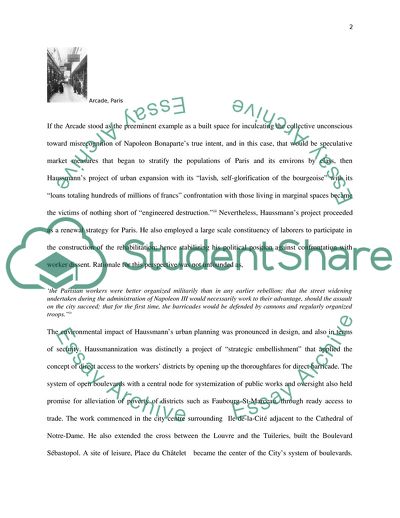Cite this document
(Critical Analysis of Haussmann's City Improvement Plan for Paris Coursework, n.d.)
Critical Analysis of Haussmann's City Improvement Plan for Paris Coursework. Retrieved from https://studentshare.org/history/1736873-conduct-a-critical-analysis-of-haussmanns-city-improvement-plan-for-paris-denfine-its-intentions-and-outcomes-and-what-effects-did-it-have-on-later-urban-design-strategies
Critical Analysis of Haussmann's City Improvement Plan for Paris Coursework. Retrieved from https://studentshare.org/history/1736873-conduct-a-critical-analysis-of-haussmanns-city-improvement-plan-for-paris-denfine-its-intentions-and-outcomes-and-what-effects-did-it-have-on-later-urban-design-strategies
(Critical Analysis of Haussmann'S City Improvement Plan for Paris Coursework)
Critical Analysis of Haussmann'S City Improvement Plan for Paris Coursework. https://studentshare.org/history/1736873-conduct-a-critical-analysis-of-haussmanns-city-improvement-plan-for-paris-denfine-its-intentions-and-outcomes-and-what-effects-did-it-have-on-later-urban-design-strategies.
Critical Analysis of Haussmann'S City Improvement Plan for Paris Coursework. https://studentshare.org/history/1736873-conduct-a-critical-analysis-of-haussmanns-city-improvement-plan-for-paris-denfine-its-intentions-and-outcomes-and-what-effects-did-it-have-on-later-urban-design-strategies.
“Critical Analysis of Haussmann'S City Improvement Plan for Paris Coursework”. https://studentshare.org/history/1736873-conduct-a-critical-analysis-of-haussmanns-city-improvement-plan-for-paris-denfine-its-intentions-and-outcomes-and-what-effects-did-it-have-on-later-urban-design-strategies.


